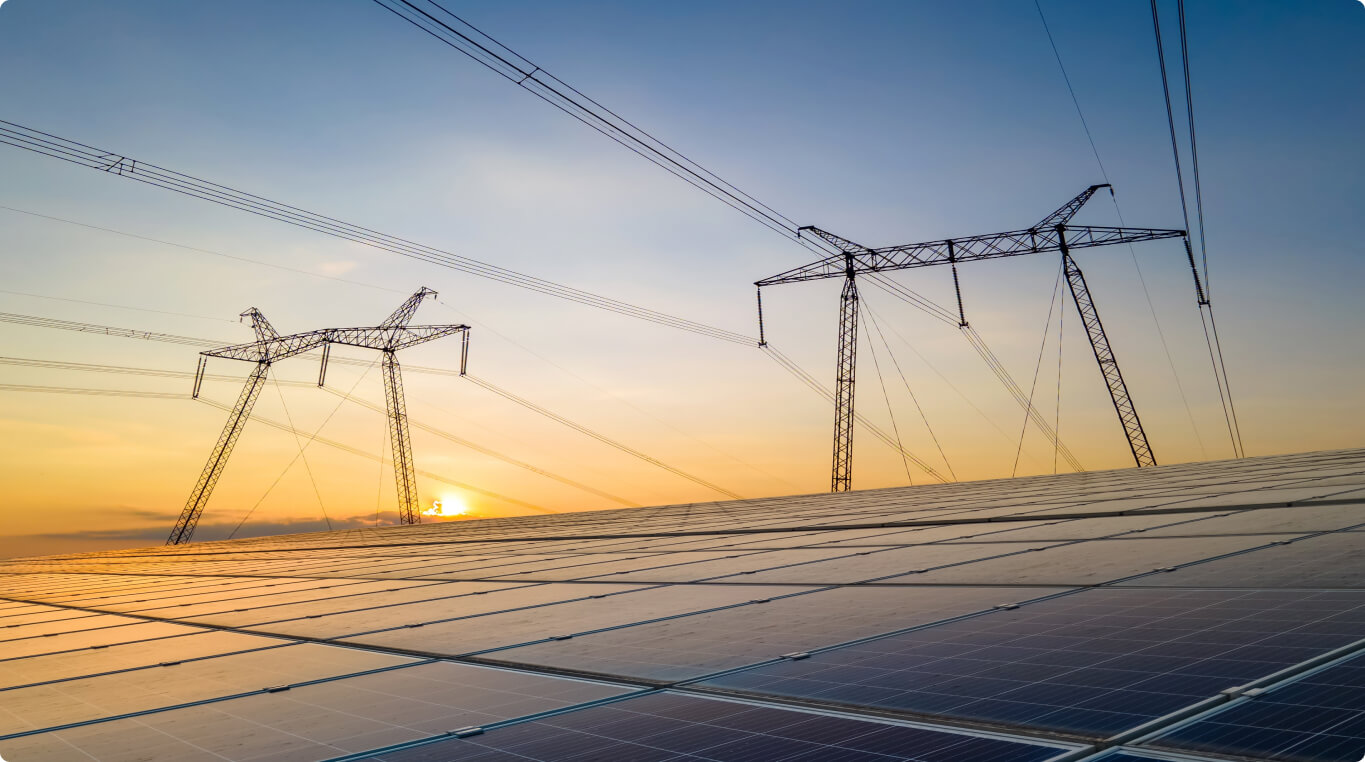
Blog


India a rising leader in renewable energy adoption across the world, has made significant strides in integrating solar energy into its power grid over the past decade. With ambitious targets under the National Solar Mission and supportive policies, the country aims to harness its vast solar potential to meet growing energy demands sustainably. However, this journey is not without its challenges.
Progress in Solar Energy Integration
India’s solar energy capacity has grown exponentially, bolstered by advancements in technology and supportive government initiatives. Key players like Vikram Solar panels and other solar manufacturers in India have played a pivotal role in expanding the production of solar PV modules. This growth has enabled India to significantly enhance its solar infrastructure, making solar power a crucial component of its energy mix.
The Solar Energy Corporation of India (SECI) has been instrumental in facilitating large-scale solar projects through competitive bidding processes. These efforts have resulted in substantial additions to India’s solar capacity, contributing to both grid stability and reducing dependence on fossil fuels.
Challenges Ahead
Despite the progress, several challenges hinder seamless solar integration into India’s grid. One major obstacle is intermittency, as solar power generation fluctuates with weather conditions. This intermittency poses operational challenges for grid management and necessitates effective storage solutions to ensure reliable power supply.
Another critical challenge is grid infrastructure readiness. The existing transmission and distribution networks must be upgraded to accommodate distributed solar power generation effectively. This requires substantial investment in smart grid technologies and grid modernization initiatives that can leverage solar PV modules.
Policy and regulatory uncertainties also present barriers to further development. Streamlining permitting processes and ensuring timely approvals for solar projects are essential to accelerating deployment. Additionally, financial incentives and subsidies need to be consistent to attract continued investment in the sector.
Solutions and International Examples
To address these challenges, India can draw lessons from other countries that have successfully integrated solar energy into their grids. Germany, for instance, has implemented feed-in tariffs and robust grid management strategies to handle intermittent renewable energy sources effectively. Similarly, the United States has leveraged advanced forecasting techniques and grid-scale battery storage to enhance grid stability.
Implementing advanced forecasting models based on weather patterns and solar generation data can help India predict and manage fluctuations in solar power output. Furthermore, investing in energy storage solutions such as grid-scale batteries and pumped hydro storage can mitigate the impact of intermittency and provide backup during peak demand periods.
India can also encourage decentralized solar power generation through incentives for rooftop solar installations. This approach not only reduces transmission losses but also enhances energy security at the local level. Now, with PM Surya Ghar Muft Bijli Yojana scheme and rise of solar manufacturers in India, there is an incredible opportunity for rooftop solar sector to gain more share in India’s green energy generation.
Conclusion
India’s journey towards integrating solar energy into its grid is marked by commendable progress and significant challenges. With continued innovation in technology, supportive policies, and investments in grid infrastructure, India can overcome these hurdles and emerge as a global leader in renewable energy. Learning from international best practices and leveraging the expertise of leading solar manufacturers like Vikram Solar panels will be crucial in achieving sustainable and inclusive energy transition goals.
As India navigates towards a greener future, collaboration between government, industry, and academia will be pivotal in shaping a robust and resilient solar energy ecosystem.